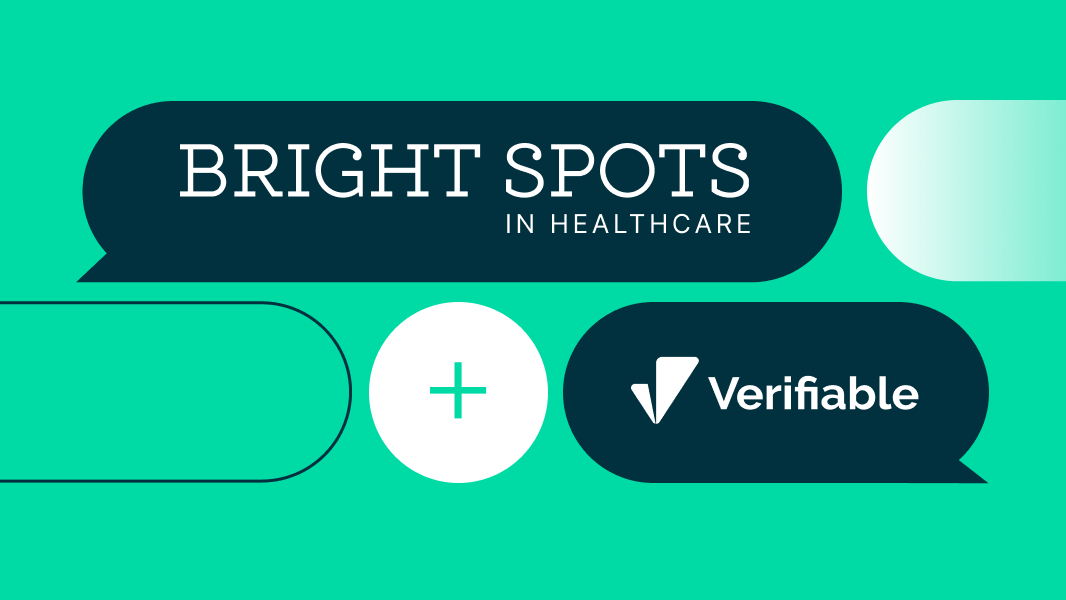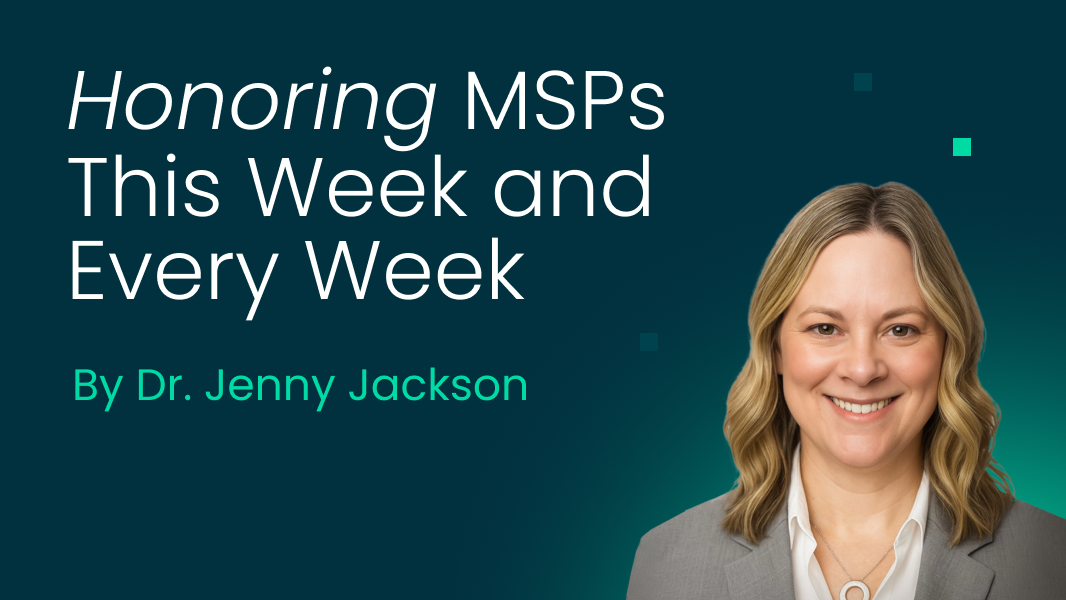Credentialing has long been relegated to the back office—seen as a necessary administrative cost and a compliance checkbox. However, a recent discussion on the Bright Spots in Healthcare podcast, hosted by Eric Glazer, with health plan and technology leaders Sandra Clarke (Former COO & CFO, Blue Shield of California), Brett Dooies (Verifiable), and Janan Dave (Verifiable), revealed a massive shift: AI-enabled credentialing is now a strategic, high-return starting point for enterprise-wide transformation.
The conversation unpacked why plans must move credentialing from a reactive cost center to a foundational component of growth, network integrity, and member trust.
6 Key Insights for Modernizing Health Plan Operations
The experts underscored that the bottlenecks in credentialing directly impact revenue, compliance, and provider satisfaction. Here are the core takeaways for health plan leaders:
1. Credentialing is Strategic Infrastructure, Not Just Admin
Historically, slow credentialing stalls a health plan's provider network, which directly impacts member access, experience scores, and revenue tied to timely onboarding. The function is no longer just a compliance chore; it's a strategic lever that determines a plan's ability to grow and maintain NCQA standards.
2. AI Credentialing is Low-Risk, High-Return
Unlike complex areas like claims or clinical support, credentialing is structured, auditable, and policy-driven. This makes it a safe, ideal function for deploying responsible AI. Plans can build crucial AI maturity and governance muscles here, demonstrate measurable ROI quickly, and reduce organizational fear before scaling automation to more sensitive areas (like prior authorization or utilization management).
3. Automation is the Antidote to Backlogs
Relying on hiring cycles to manage credentialing volume leads to organizational whiplash—teams expanding and contracting without ever solving the root issue: dated, manual workflows. Automation provides a steady-state operating model that flexes with volume, eliminates backlogs, and contains labor costs without triggering burnout or increasing error rates.
4. AI Enhances Human Judgment, It Doesn't Replace It
The role of AI is to handle the massive volume of time-consuming data checks, verification, and harmonization at scale. Human analysts remain essential to apply supervision, context, and final judgment to nuanced cases (like sanction reviews). This human-in-the-loop model ensures compliance integrity is preserved while maximizing efficiency.
5. Smart Triage Prevents High-Risk Providers from Slipping Through
Legacy systems treat every provider file the same, wasting analyst time on clean files. AI can instantly identify risk profiles and anomalies, fast-tracking low-risk providers while escalating the true high-risk cases for expert review. This shifts analyst time from clicking through clean files to focusing on real issues, protecting members and reducing avoidable exposure.
6. Transformation Begins With Process and Accountability
Adding software or staff on top of broken, inefficient workflows only speeds up the chaos. Before deploying AI, health plans must first establish clear process maps, defined accountability (RACI), and governance to ensure automation is safe, measurable, and scalable.
What Verifiable is Doing Differently: A Reliability Function
Verifiable's approach to credentialing and network monitoring reflects this new model, moving beyond simple digital forms or staffing augmentation to focus on systemic reliability and transparency:
- Continuous, Real-Time Verification: They replace traditional batch or quarterly checks with real-time primary source verification, significantly reducing compliance lag and the risk of surprise sanctions.
- Intelligent Triage: Their platform uses automation to manage the standard workflow, intelligently escalating only higher-risk files to human experts.
- Focus on Measurable Prevention: Their technology is designed for backlog prevention, stabilizing volume to avoid the reactive "boom-and-bust" staffing cycles that plague most health plans.
In Summary
AI-enabled credentialing is a safe first use case for health plans to build enterprise-wide AI confidence. It represents a foundational shift, transforming credentialing from a manual task into a reliability function that strengthens the foundation of network agility, compliance, and provider experience.

.svg)




